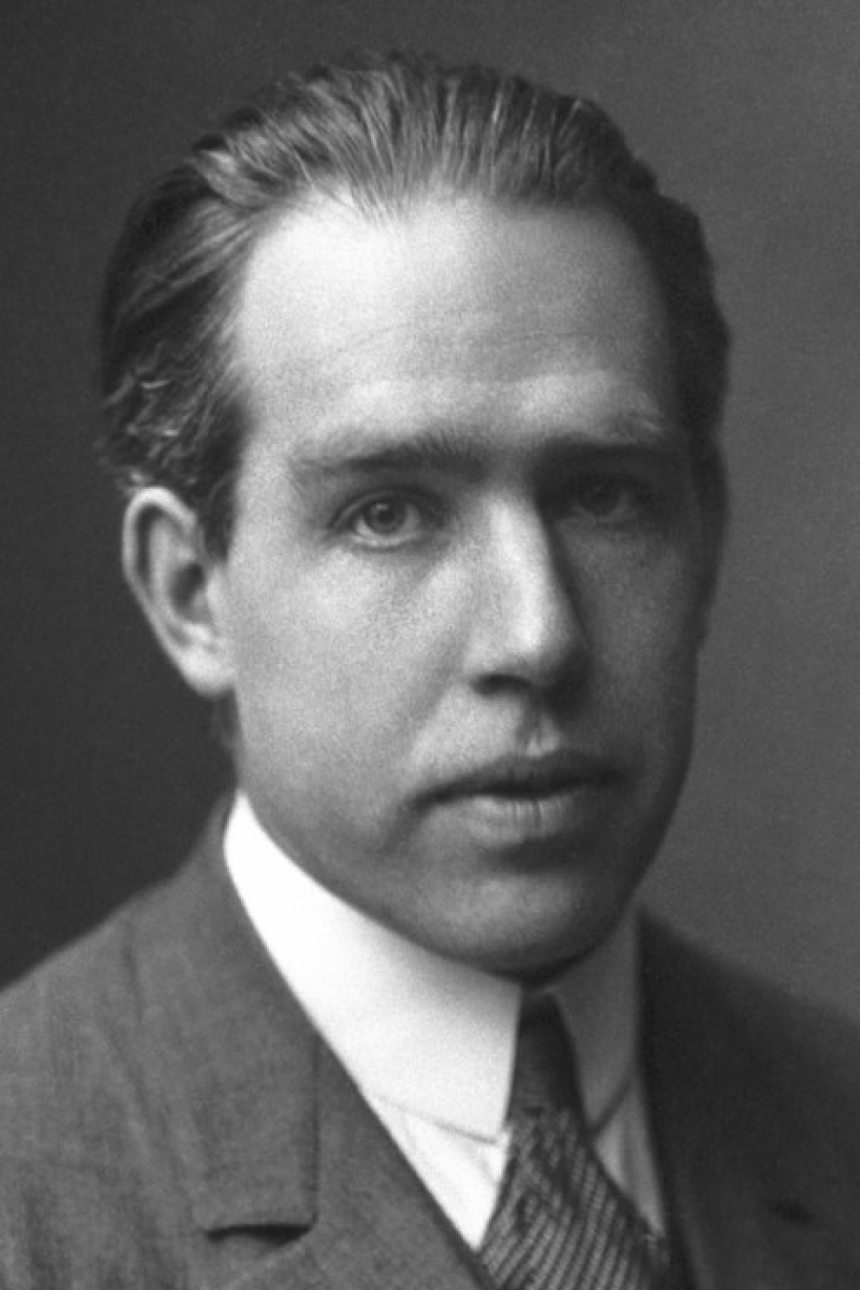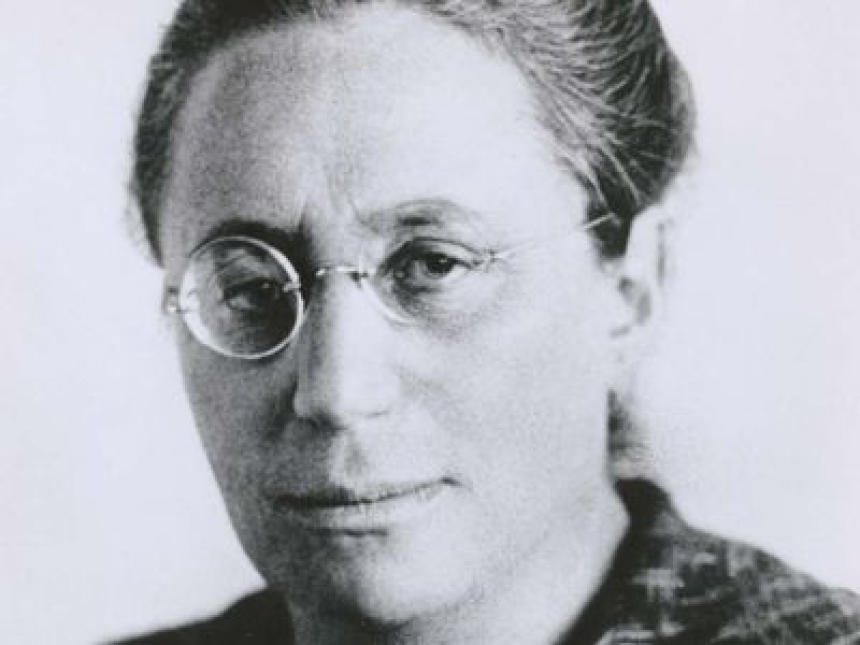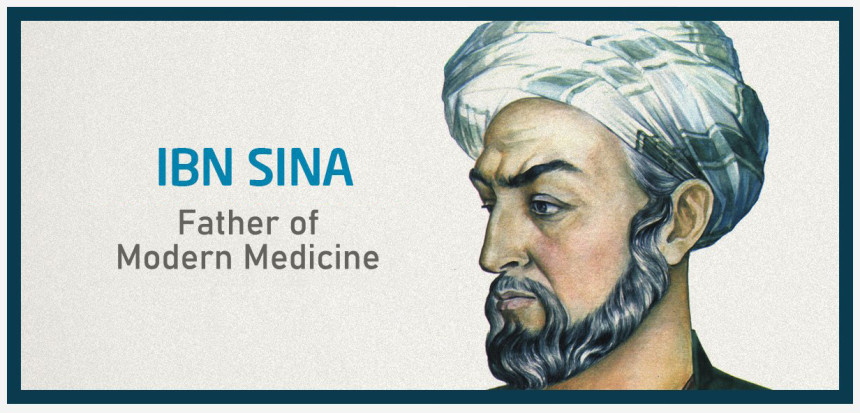
Niels Bohr
Niels Bohr: The Father of Quantum Mechanics
Niels Bohr: The Father of Quantum MechanicsOur world is filled with countless mysteries that have puzzled scientists for centuries. One of the pioneers in unraveling these mysteries is Niels Bohr, a Danish physicist whose contributions to the field of quantum mechanics have revolutionized our understanding of the atomic and subatomic world.
The Early YearsNiels Henrik David Bohr was born on October 7, 1885, in Copenhagen, Denmark. His father, Christian Bohr, was a physiology professor and his mother, Ellen Adler Bohr, came from a wealthy Jewish family. Niels Bohr grew up in an intellectually stimulating environment, which laid the foundation for his future scientific endeavors.
Bohr initially studied physics at the University of Copenhagen, but his interest in the subject truly ignited after attending a lecture by J.J. Thomson, the discoverer of the electron. Inspired by Thomson's talk, Bohr decided to pursue a career in theoretical physics and make his mark in the scientific community.
Contributions to Quantum MechanicsBohr's most significant contribution to science came in 1913 when he proposed his groundbreaking atomic model, known as the Bohr model. This model revolutionized the understanding of atomic structure and laid the foundation for quantum theory.
The Bohr model suggested that electrons orbit the atomic nucleus in fixed energy levels or shells. These shells can accommodate a specific number of electrons, and when an electron transitions between shells, it either absorbs or emits energy in discrete amounts known as quanta. This concept of quantized energy levels provided a theoretical explanation for the observed emission and absorption spectra of elements.
Bohr's atomic model resolved many of the inconsistencies that plagued earlier models and became a cornerstone of modern physics. It not only explained the stability of atoms but also provided a framework for understanding chemical bonding and the periodic table of elements.
The Copenhagen InterpretationIn addition to his atomic model, Bohr played a pivotal role in the development of the Copenhagen interpretation of quantum mechanics. This interpretation, formulated during the Solvay Conferences in the 1920s, aimed to address the philosophical implications of quantum theory.
The Copenhagen interpretation argues that in the microscopic world, particles exist in multiple states or "superpositions" until they are measured or observed. This concept challenges the classical notion of determinism and introduces inherent uncertainties into the nature of quantum phenomena.
Although the Copenhagen interpretation has sparked intense debates among physicists, it remains one of the fundamental frameworks for understanding quantum mechanics.
Legacy and HonorsNiels Bohr's contributions to science earned him numerous accolades and honors throughout his lifetime. In 1922, he was awarded the Nobel Prize in Physics for his investigations into the structure of atoms and the radiation emanating from them.
Bohr's influence extended far beyond his own research. He founded the Institute for Theoretical Physics in Copenhagen, which attracted many prominent physicists who went on to shape the course of modern physics. Bohr's counsel was sought after by scientists worldwide, and he was an active participant in scientific conferences and discussions.
Even today, Bohr's work continues to inspire further exploration and breakthroughs in the field of quantum mechanics. His contributions have fundamentally changed the way we understand the universe and remain a testament to the power of human curiosity and scientific inquiry.
ConclusionNiels Bohr's indelible mark on the field of quantum mechanics cannot be overstated. His revolutionary atomic model and his role in formulating the Copenhagen interpretation have shaped our understanding of the microscopic world. Bohr's scientific genius, coupled with his relentless pursuit of knowledge, has cemented his place as one of the greatest scientists of the 20th century.
FAQs1. What were Niels Bohr's major contributions to science?Niels Bohr's major contributions to science include his groundbreaking atomic model, known as the Bohr model, which explained the stability of atoms and provided a framework for understanding chemical bonding. He also played a pivotal role in the development of the Copenhagen interpretation of quantum mechanics.
2. What is the Bohr model?The Bohr model is an atomic model proposed by Niels Bohr in 1913. It suggests that electrons orbit the atomic nucleus in fixed energy levels or shells, and when an electron transitions between shells, it either absorbs or emits energy in discrete amounts known as quanta.
3. What is the Copenhagen interpretation?The Copenhagen interpretation is a framework for understanding quantum mechanics, developed in the 1920s, in which particles exist in multiple states or "superpositions" until observed or measured. It introduces inherent uncertainties into the nature of quantum phenomena.
4. What did Niels Bohr contribute to the philosophical implications of quantum mechanics?Niels Bohr played a pivotal role in formulating the Copenhagen interpretation of quantum mechanics, which aimed to address the philosophical implications of the theory. It challenges classical determinism and introduces inherent uncertainties into the nature of quantum phenomena.
5. What honors did Niels Bohr receive during his lifetime?Niels Bohr received numerous honors during his lifetime, including the Nobel Prize in Physics in 1922 for his investigations into the structure of atoms and the radiation emanating from them. He also founded the Institute for Theoretical Physics in Copenhagen, which attracted many prominent physicists.





